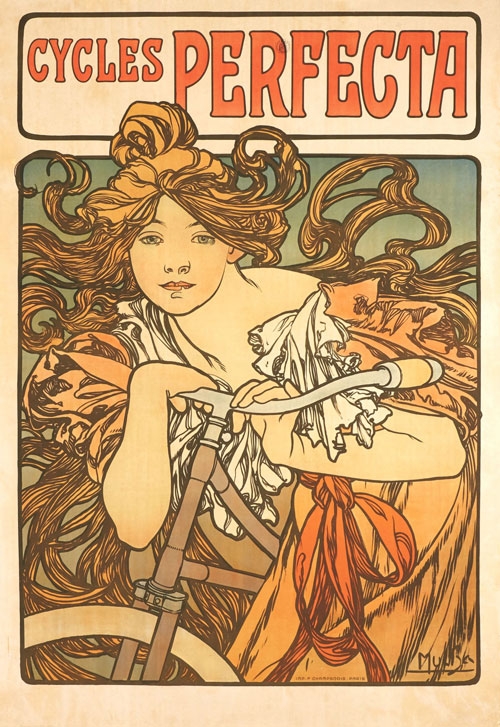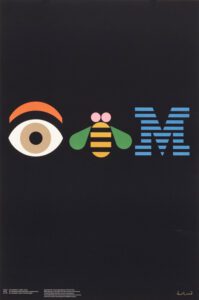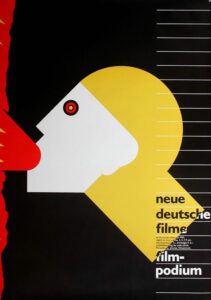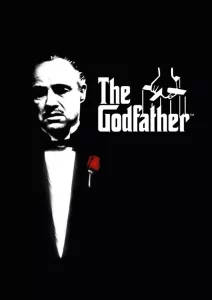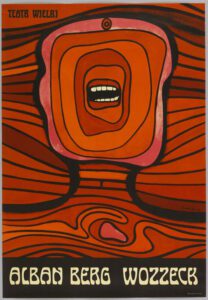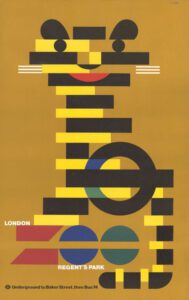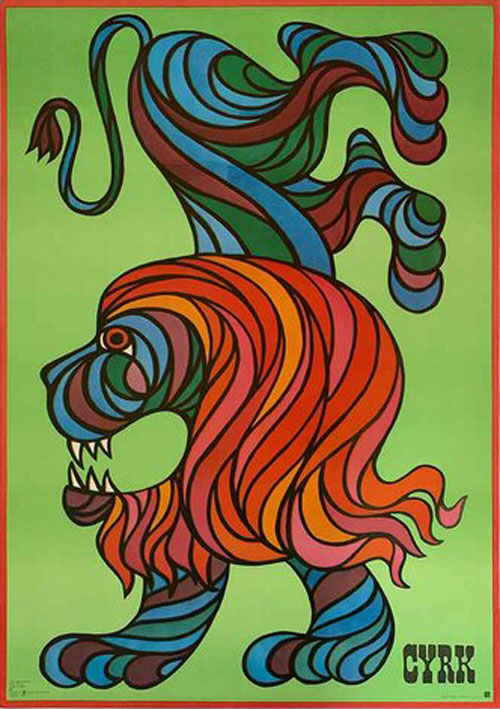
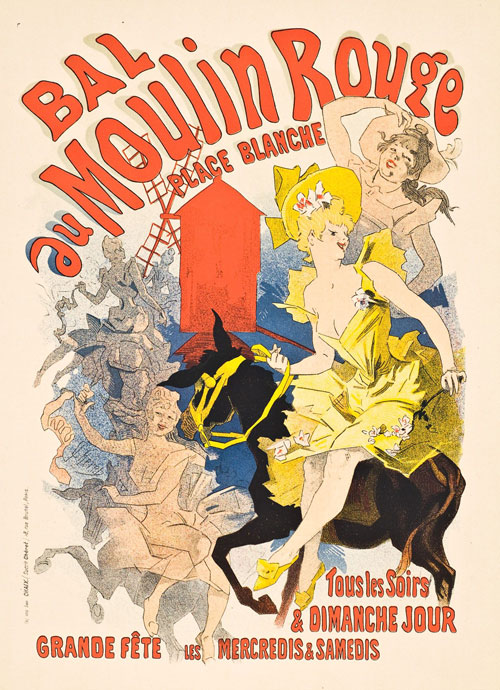

What is lithography?
Lithography is a printmaking technique which, put simply, came about due to the fact that oil and water don’t mix.
Lithography uses this chemical fact as the basis for making physical graphic designs which are easily reproduced.
To produce these design pieces, artists worked with greasy crayons or liquid on polished slabs of limestone or, in modern times, aluminium plates, which are then treated with a chemical mixture that allows it to bond to the stone/metal. After a process which adds water to the mix, paper can be placed on top of the stone/metal and the design on the stone will be transferred over. In this way, the image is set, but can be reproduced many times.
Today, other types of lithography such as offset lithography, photolithography, and transfer lithography commonly used.
Why is lithography important for poster making?
Having gained renewed popularity among artists in the 1890s, lithography was used extensively by poster designers throughout the 20th Century.
Lithography offered designers new opportunities. In particular, designers enjoyed being able to draw freely and artistically on the stone, while the medium also offered them commercial opportunities due to the fact that they were able to create high-quality lithograph posters at a high volume.
What lithograph posters help explain developments in lithography?
Here are five posters which will give you an insight into lithography and its importance for poster design:
Moulin Rouge - Jules Cheret 1890
Jules Chéret is considered by man to be the “father of modern posters”.
He earned that title for a number of reasons.
Firstly, Chéret was an artist who truly understood the benefit of combining the art world with the advertising world, and he embraced the fact that artists had new opportunities to market themselves to big commercial organisations.
Secondly, Chéret was working during the height of the Art Nouveau period, when poster art was at its zenith and was considered to be a fully-fledged movement – capturing the craziness, social dynamism, and blossoming commercial power of European cities like Paris and Brussels.
And thirdly, Chéret was one of the main designers who helped renew an artistic interest in lithography. Despite the fact that the medium had been unpopular throughout the 19th Century, Chéret was quick to understand the benefits of colour and monotone lithography, and many of his peers and students began using lithography too, following his lead.
Let’s go back to that idea of the freedom that was afforded to artists who worked with lithography as a medium.
As artists began to better understand the technology and processes that were involved in lithography, they became more emboldened and creatively freed up in terms of their designs.
By the turn of the century, artists like Mucha knew that all their vivid colours, intricate designs, and bold ideas could be rendered accurately, on a mass scale, via lithographic techniques.
So this is why we started seeing artists opt for these beautiful, ornate designs – like the Cycles Perfecta – and why they became more common. Lithography meant that you didn’t have to be economical about your colours or your designs, even if they were intended for mass media.
